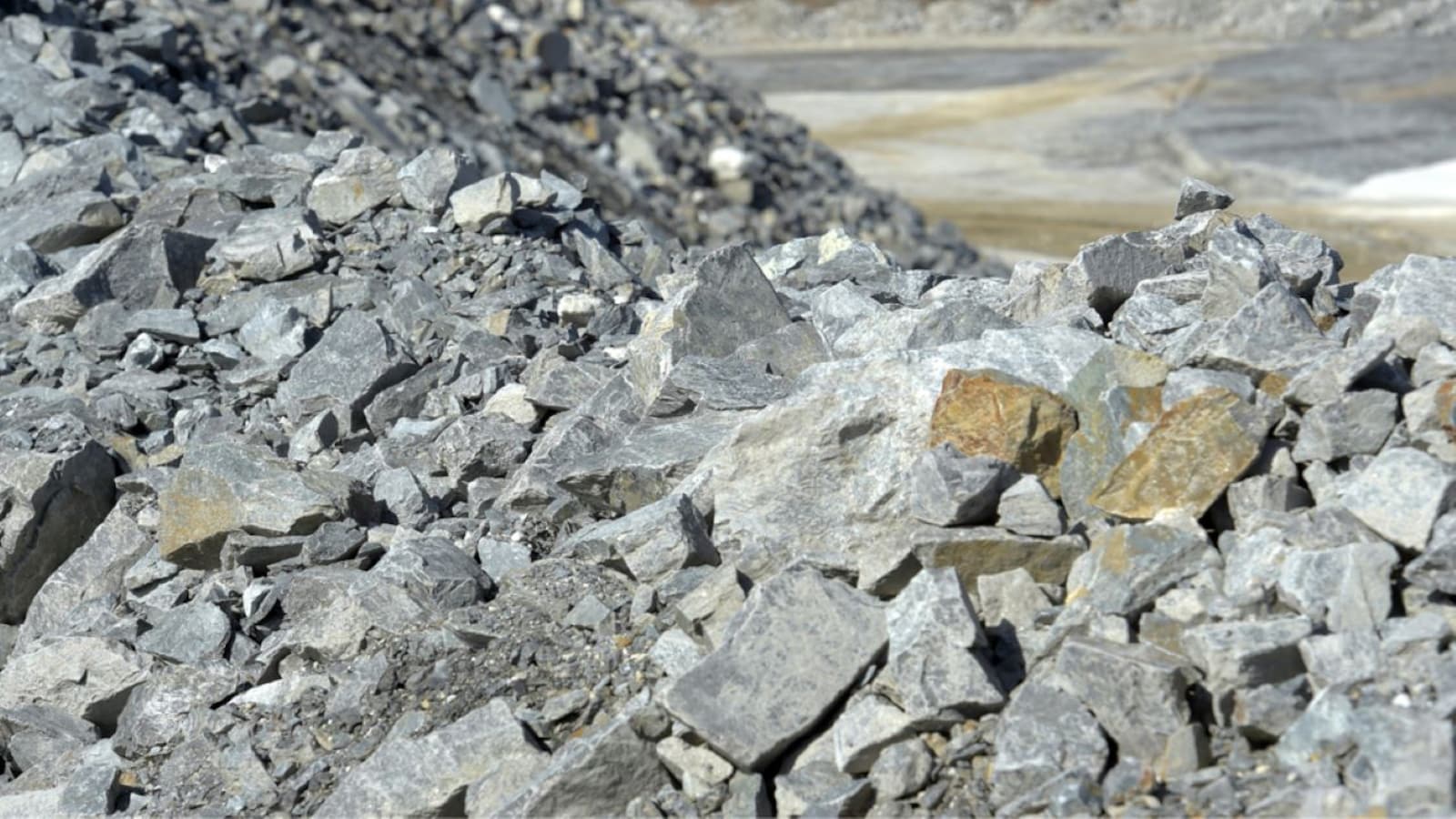Making things only goes in one direction. A factory is a place where raw materials go in and finished goods come out. Aside from the initial guarantees, once these goods are sold, the people who made them usually have nothing more to do with them. Unless they are forced to by law, they don’t care how the products are thrown away. Most are burned or thrown away, which is bad for the environment. According to the latest Circularity Gap Report from Circle Economy, a research and consulting group, the world’s use of raw materials has nearly quadrupled in just 50 years, reaching more than 100 billion tonnes. Less than 9% of this is reused, so a lot of materials are going to waste.
The business world does talk about sustainability and recycling, but a lot of what they say is just greenwashing to make their brands look better. But in a circular economy, green things can also help the bottom line. This is especially true of “gigafactories,” which get their name from the gigawatt hours (GWh) of batteries they make for electric vehicles (EVs) (GWh).
Each country that makes cars wants gigafactories. Since batteries are the most expensive part of an EV, making them is a good way to make money. But they are expensive and hard to get because they are made of things like lithium, cobalt, manganese, and nickel. The supply chain is long and hard to understand. Buyers risk being hurt by the poor environmental and labour standards of their suppliers or the suppliers of their suppliers. Reusing materials makes sense.
Since most gigafactories are new, they are built from the start with recycling in mind. The result is not a straight line of production, but a circle. The idea is that when batteries die, they should be taken back to a factory where their parts can be taken out and used to make new batteries.
Gigafactories are not yet perfect examples of the circular economy, but they are laying the groundwork. The Swedish battery company Northvolt wants to make 150GWh of batteries by 2030, which is enough to power about 2 million electric vehicles (EVs). By then, recycling old batteries should provide about half of its raw materials. Northvolt isn’t on its own. CATL, a Chinese company that makes the most EV batteries in the world, thinks that it will eventually be possible to get the carbon footprint of a battery close to zero by recycling, using renewable power, and taking other steps.
The Renault Group and Stellantis, which owns brands like Fiat, Chrysler, and Peugeot and whose biggest shareholder, Exor, also owns a piece of The Economist’s parent company, are both setting up circular-economy businesses. This is true not only for batteries but also for fixing and reconditioning vehicles and parts.
Managers hope that by the end of the decade, each of these businesses will be making money and have annual sales of more than €2bn ($2bn). Renault thinks that about 85% of a car is recyclable, but only 20–30% of the materials in new cars are recycled, often from other goods. With circular manufacturing, that share would go up by a lot.
Could other businesses do the same thing? Fast fashion is known for being wasteful because clothes that haven’t been worn much are burned or thrown away. The Environmental Protection Agency in the United States says that only 13% of clothing and shoes are recycled. Mixed textiles, which are hard to recycle, are a big part of the problem. Like gigafactories, clothing companies could change their processes to use fibres that are easier to work with.
Consumer electronics is another business that makes a lot of trash, even though it uses valuable materials like gold and silver in its circuits and rare-earth metals like neodymium and dysprosium in its electric motors. You could still make a lot of money by finding new uses for old gadgets and clothes.

